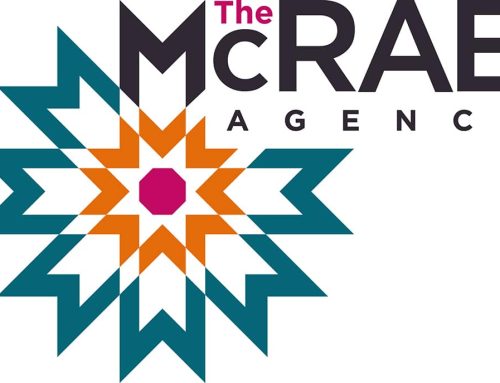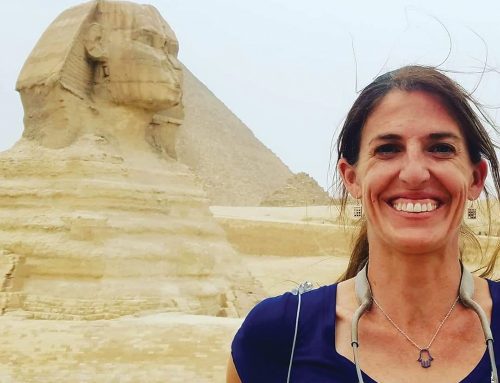For many students, math can seem like the most challenging school subject. But it doesn’t have to be. Math is actually all around us. Here are five ways you can help kids draw connections between classroom math and the math that touches their daily lives.
1. Bake and Cook
Math and the kitchen go hand-in-hand. Making cookies? Double or halve the batch to learn about dividing, multiplying and fractions. Have the right recipe but the wrong measuring gear? Convert from metric to English to practice simple formulas. Witness how fractions work firsthand by quartering ingredients like peppers and apples. For more hands-on education, let kids do the measuring, timer-setting and anything else that requires math.
2. Build Something Together
Following instructions from start to finish is important for any math student, so build something together, like a new toy box or a bench for a reading nook. These types of projects require the use of math – from measuring materials to calculating the area and volume that objects will occupy. Be sure to point out when and how math is being used.
3. Have Family Math Night
Play games that deal with math and the tools on hand to win them, like the Casio fx-55 PLUS, a scientific calculator which helps students learn elementary mathematics such as fractions, division with remainders and random numbers. The True Fraction Display helps student understand the mathematics behind improper fractions, mixed fractions and simplification, providing the tools they need not to be intimidated by math concepts.
4. Go Shopping
Shopping is the perfect opportunity to practice percentages. Kids can calculate how much an item will cost and the money saved any time there’s a listed discount, like 20 percent off or half off. They can also calculate what the total charge will be after the sales tax is added. At the grocery store? Let kids weigh produce and calculate the cost.
5. Create a Budget
A great way to teach kids how budgets work is with their own spending money. They will learn how to make their money last, as well as how to count it out and figure out how much change they’ll get back. You can also loop them into your own budgeting process. For example, if you have vacation plans on the horizon, you can show them how to create a budget for transportation, accommodations, food and more.
(StatePoint)





